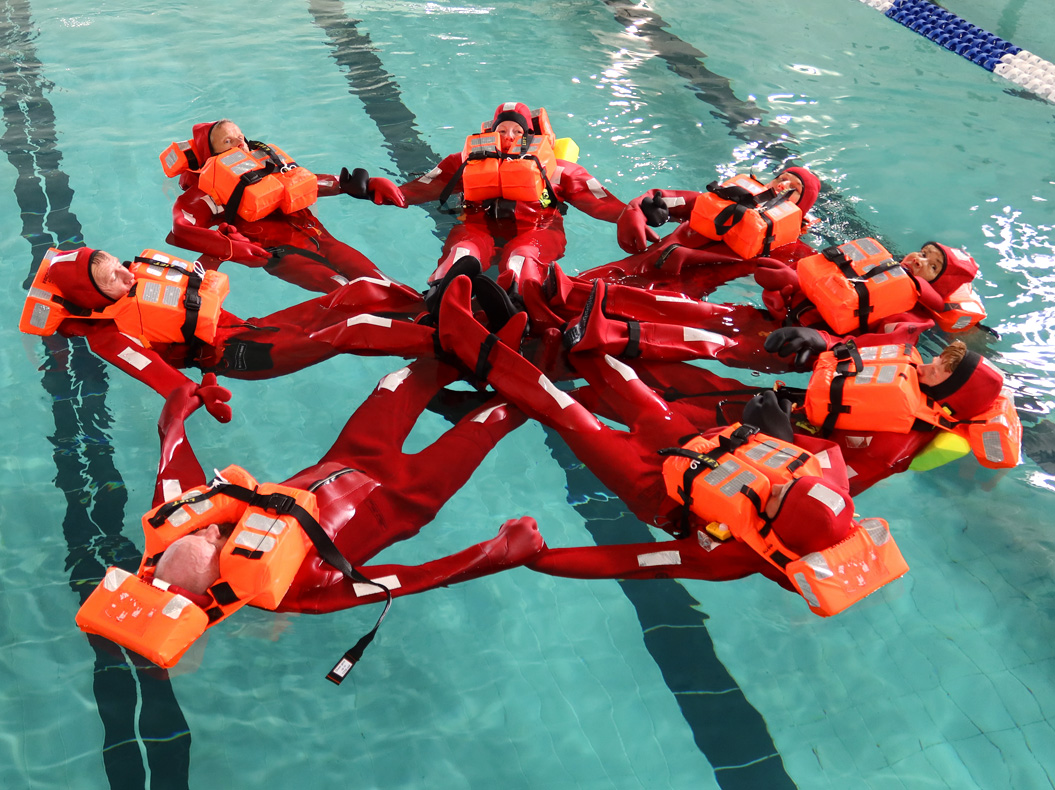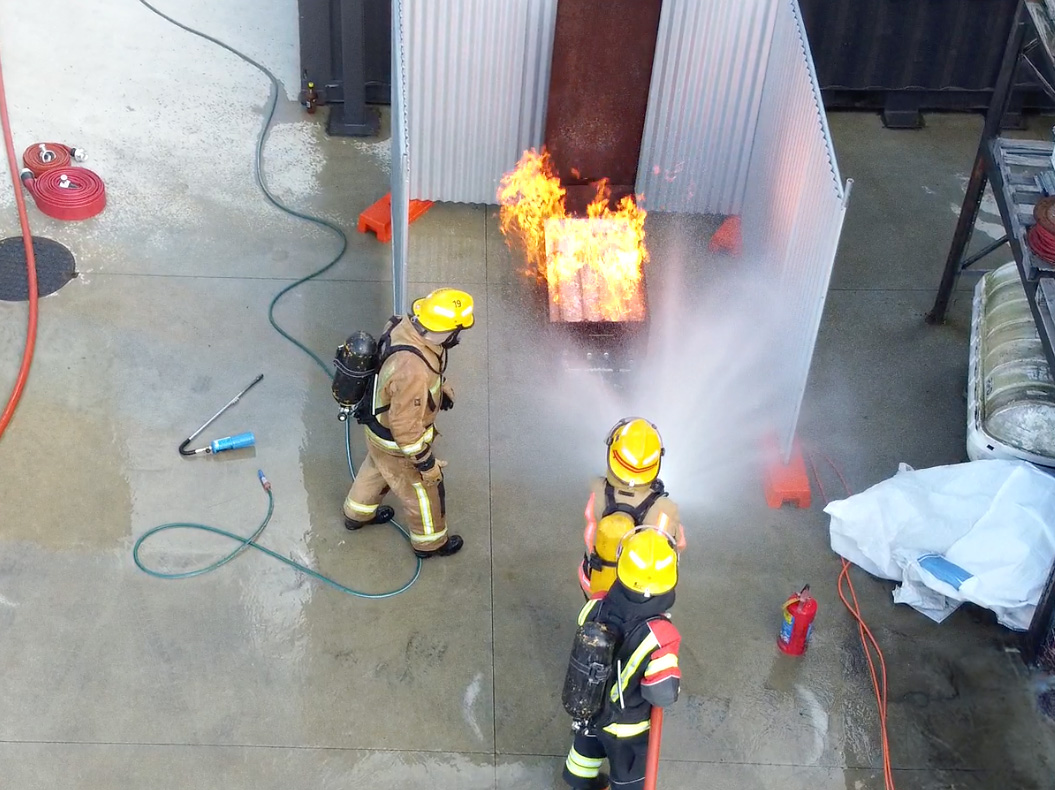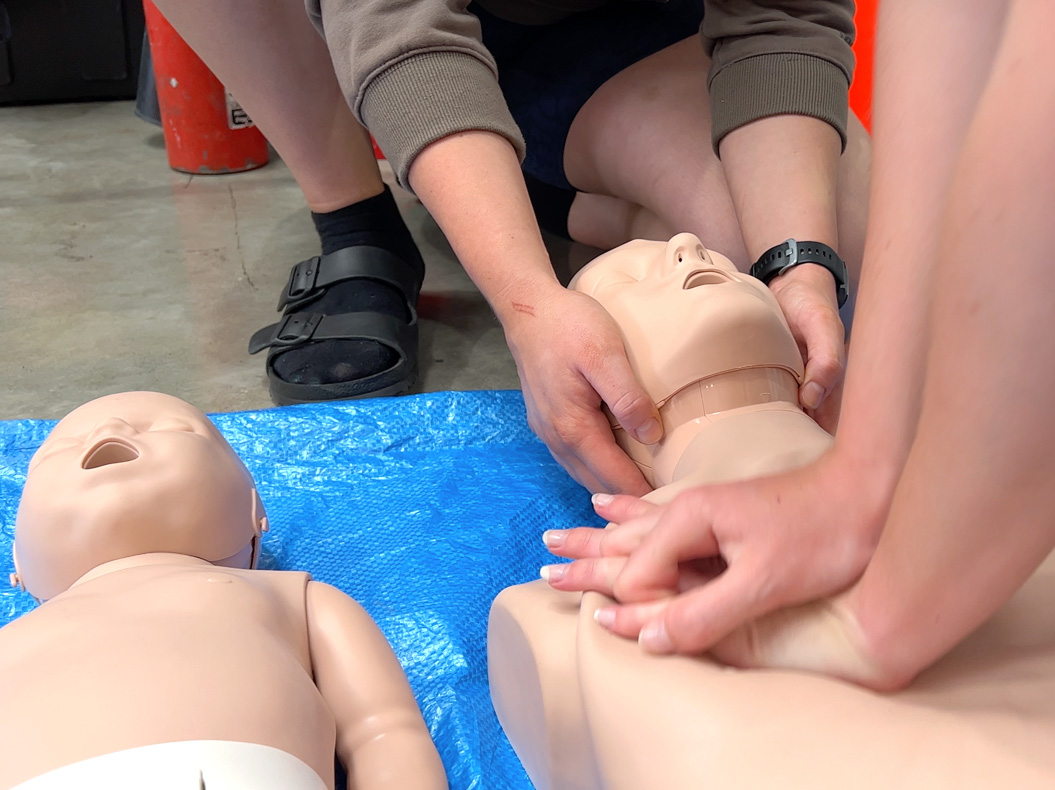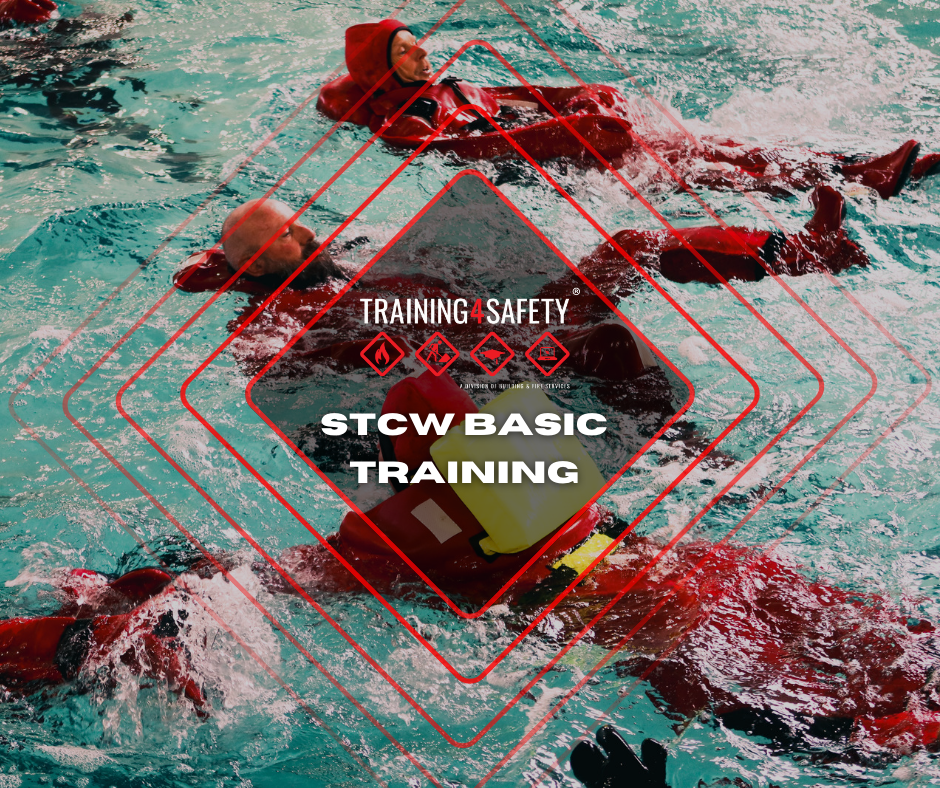STCW Training: An In-Depth Breakdown
The International Convention on Standards of Training, Certification and Watchkeeping for Seafarers (STCW-10) is a must-have for maritime careers. You can now complete this essential course in Whangārei, Northland, NZ —just over 2 hours north of Auckland and Mahurangi.
What is STCW-10 Basic Training?
STCW training is generally considered the minimum requirement for all seafarers who want to work on seagoing vessels. The training covers several technical qualifications, including Personal Survival Techniques, Fire Prevention and Fire Fighting, First Aid, Personal Safety and Social Responsibilities, and Security Awareness and generally runs for seven days.
Who is the training for?
This course will be relevant for anyone who is or will be working on seagoing merchant ships, large yachts, superyachts, or cargo ships, especially if you are working in a Master, officer, watch, deckhand or steward/stewardess position. In this blog, we will provide an in-depth breakdown of our STCW training to help you understand its components and importance.
Click here booking STCW Basic or Refresher Training
“When its time for me to re-sit my STCW certificate again I would love to be able to complete it with Training 4 Safety :)”
— Orama, T4S STCW Graduate (Click here for Orama's STCW Journey)
Personal Survival Techniques
Personal Survival Techniques (PST) is a critical component of the STCW training. It prepares seafarers to react effectively in emergency situations, such as abandoning ship. The training includes theoretical and practical sessions that cover the use of lifesaving equipment, such as life rafts, immersion suits, and life jackets.

Fire Fighting
Fire Prevention and Fire Fighting training teaches seafarers how to prevent and fight fires on board of vessels. The training covers theoretical and practical sessions, including fire-fighting techniques, equipment, and procedures. The training also emphasises the importance of maintaining fire safety equipment and performing regular inspections. You will use Breathing Apparatus and full fire-fighting suits.

First Aid
First Aid is an essential component of the STCW training. It prepares seafarers to provide medical assistance to crew members and passengers in emergency situations. The training covers theoretical and practical sessions that teach basic first aid techniques, such as CPR, wound care, and fracture management.

Personal Safety and Social Responsibilities
Personal Safety and Social Responsibilities (PSSR) training covers various topics, such as personal hygiene, health and safety, communication, and teamwork. The training emphasises the importance of maintaining a safe and healthy working environment and promoting social responsibilities on board of vessels.
Security Awareness
Security Awareness training prepares seafarers to handle security-related incidents on board of vessels. The training covers theoretical and practical sessions that teach seafarers how to detect and report security threats, such as piracy, stowaways, and cargo theft.
“LNG is a highly specialised cargo and keeping up to scratch on firefighting knowledge and fire awareness is vital.
Training 4 Safety absolutely provides the knowledge!”
— Lochy, T4S STCW Graduate (Click here for Lochy's and other STCW Alumni Journeys)
Refresher Training
To ensure that seafarers maintain their competencies, STCW requires refresher training. The length of the training varies depending on the qualification, but generally, seafarers must attend refresher training every five years. The refresher training covers theoretical and practical sessions that update seafarers' knowledge and skills.
Book PST Refresher Training Book Fire Fighting Refresher Training
How to Book the Training
To obtain STCW certification, seafarers must attend an accredited training centre like ours that provide the necessary courses. The length of the training depends on the qualification, but generally, the PST, Fire Fighting, and First Aid courses take two days each. The PSSR and Security Awareness courses take a half day each. Seafarers can find accredited training centres in their area by searching online or contacting maritime organisations, such as Maritime NZ.
In conclusion, STCW training is a comprehensive program that covers several technical qualifications that are critical for seafarers' safety and competency. The training prepares seafarers to react effectively in emergency situations, prevent and fight fires, provide medical assistance, promote personal safety and social responsibilities, handle security threats, and maintain their competencies. If you are interested in obtaining STCW certification, make sure to book your training with us and keep your certification up to date.
